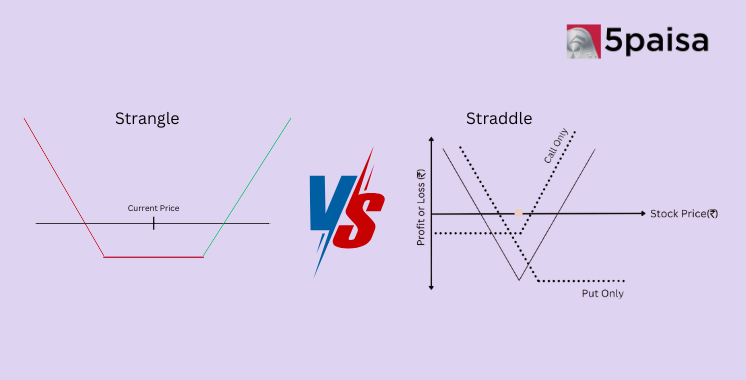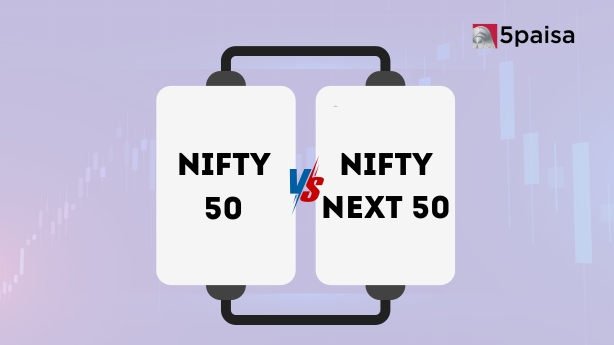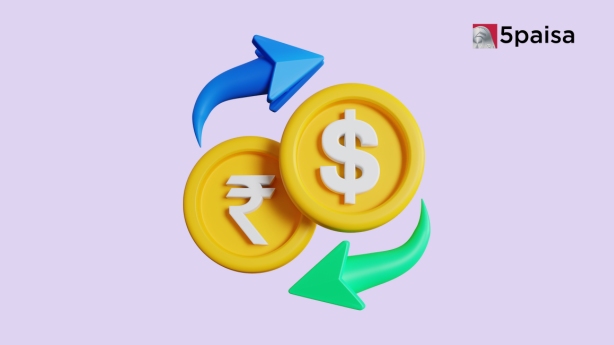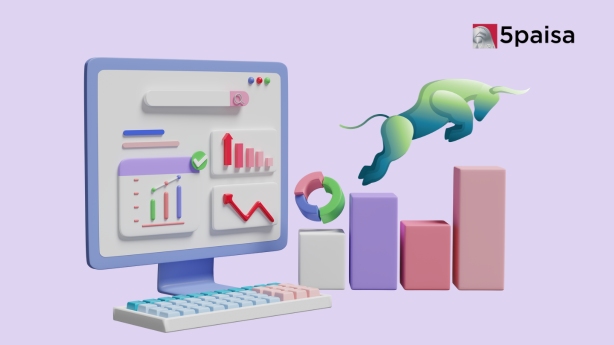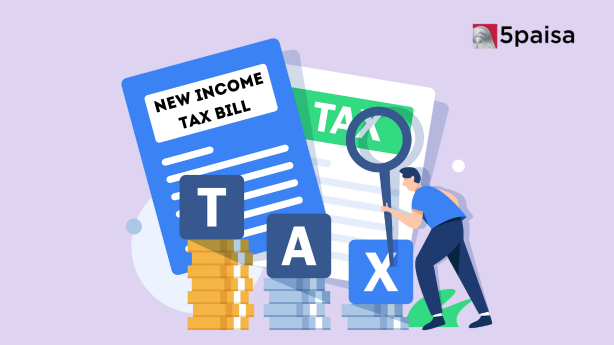Is the Indian economy on the road to recovery? Here's what latest indicators show
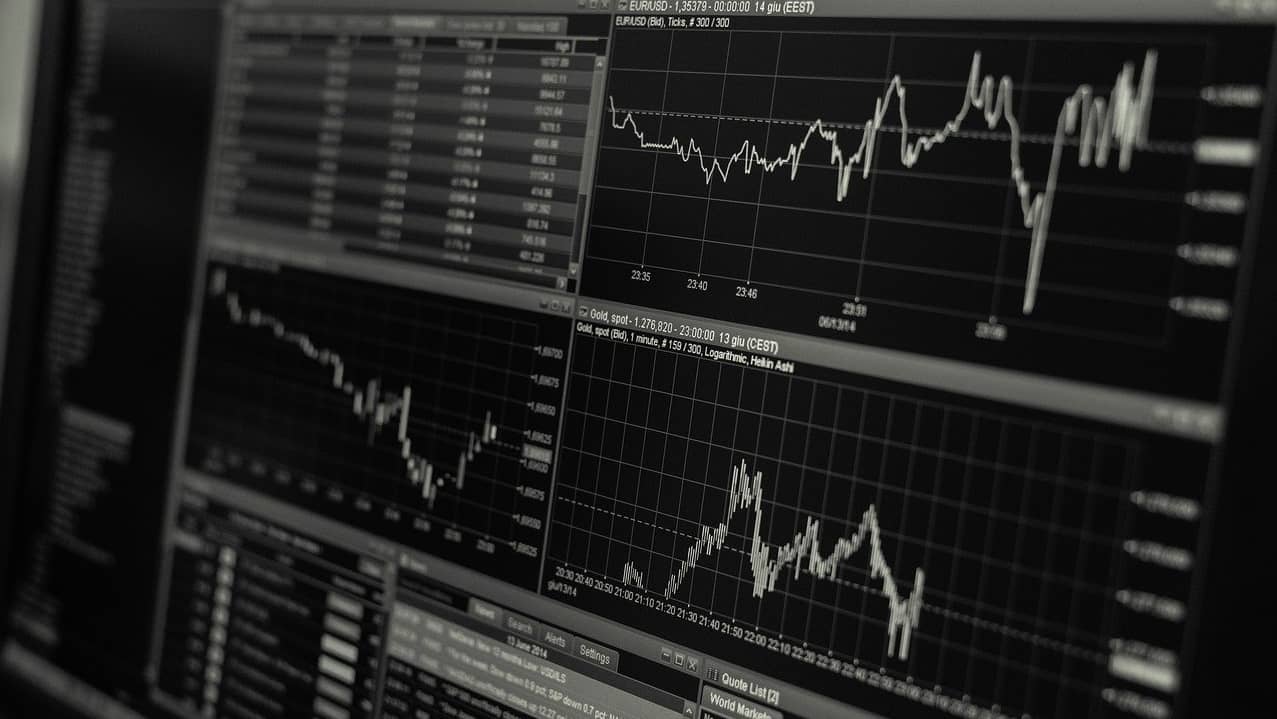
India's economy is expected to record high growth in the April-June quarter from a year earlier when a devastating second wave of the Covid-19 pandemic hit the country, but high-frequency indicators for July are giving some conflicting signs.
High-frequency indicators show that in July demand for Indian goods and services softened, a report by Bloomberg says.
“The needle on a dial measuring so-called animal spirits, however, remained steady at 5 last month as the gauge uses a three-month weighted average to smooth out volatility in the single month readings,” it said.
What do the business activity indicators actually show?
Purchasing managers’ surveys showed India’s services activity in July falling to the lowest level in four months on weaker sales growth and elevated inflation. While domestic demand for Indian services remained steady, international demand worsened, offsetting gains in the manufacturing sector that expanded to the highest level in eight months.
Moderation in business outlook in services pulled down the S&P Global India Composite PMI Index to 56.6 in July, from 58.2 a month earlier.
What about exports and imports?
Trade deficit widened to a fresh record of almost $30 billion as exports growth slowed to a 17-month low led by weak global demand and a levy on outbound shipments of fuel, which makes up more than 15% of India’s exports.
Imports stayed near the record-high levels due to a weaker rupee, which was one of the worst performing Asian currencies in the last three months. Crude, which comprises about one-third of India’s imports, and coal with an 8% share, primarily contributed to the rise in inbound shipments.
What about customer and industrial activity?
Passenger vehicle sales rose for a second-straight month helped by a broad-based recovery in all segments, including two-wheelers. While supply issues due to semiconductor shortage are easing, automakers cautioned that costlier loans could crimp demand for new vehicles.
Bank credit continued to grow despite higher interest rates, rising the most in more than three years to 14.5% at the end of July. Liquidity in the banking system continued to remain in surplus.
Among signs of industrial activity, factory output as well as core sector signaled moderation in June as electricity consumption and coal production slowed down with the onset of monsoons. The year-on-year growth in Index of Industrial Production eased to 12.3% from a one-year high in May. The growth of eight key infrastructure industries also dropped to 12.8 from 19.3% in the previous month. Both the data are published with a one-month lag.
Can the Reserve Bank of India again raise interest rates?
Yes, at least one brokerage feels it can.
India's strong growth offers room for the Reserve Bank of India to raise rates by another 60 basis points as the central bank seeks to stamp out high inflation, DBS Group Research said in a note on Thursday.
India's gross domestic product (GDP) in the first quarter of current fiscal year likely surged 16% year-on-year based on most leading indicators, the research house estimated.
Favourable base effect after the onset of Delta coronavirus variant last year will additionally lift the year-on-year GDP numbers, Radhika Rao, senior economist at DBS Group Research, wrote in the note.
"Resumption in service sector activity added to the momentum, besides manufacturing," Rao said. The research house's fiscal year 2022-2023 GDP growth forecast of 7% year-on-year will see India emerge the fastest-growing economy in Asia this year, she pointed out.
Broad-based improvement in vaccination rates and relaxation of lockdowns benefited urban consumption, while unemployment rates returned to pre-pandemic levels, Rao said. On the investment side, "lead indicators have been encouraging."
"Resilient growth provides the room for RBI to prioritise inflation," she said. She expects RBI to raise rates by another 60 bps in the current fiscal year, adding to the 140 bps already done.
India's retail inflation rate has remained above RBI's upper tolerance limit for seven straight months.
"Our call is for a 35 basis points hike in September, followed by another 25 basis points in December to take the repo rate to 6.0%, before settling into an extended pause."
- Flat ₹20 Brokerage
- Next-gen Trading
- Advance Charting
- Actionable Ideas
Trending on 5paisa
Indian Stock Market Related Articles
Disclaimer: Investment in securities market are subject to market risks, read all the related documents carefully before investing. For detailed disclaimer please Click here.
 Tanushree Jaiswal
Tanushree Jaiswal
 5paisa Research Team
5paisa Research Team
 5paisa Research Team
5paisa Research Team
